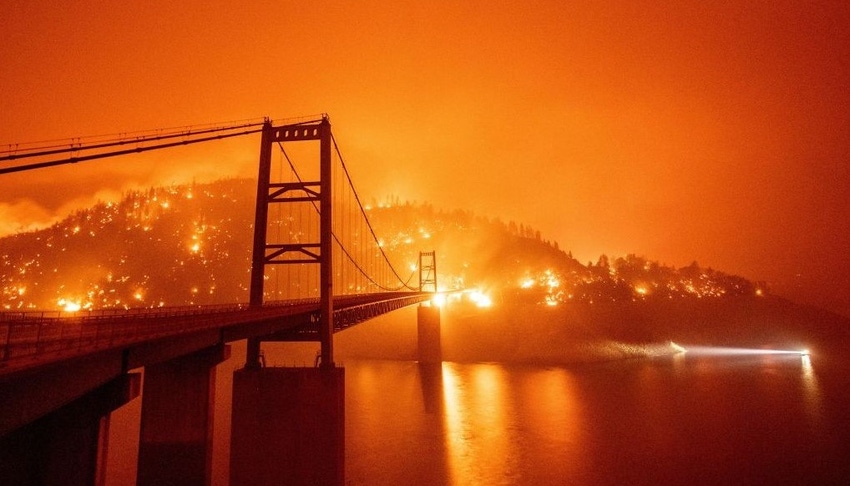
A team of California and Nevada fire scientists have produced a booklet with step-by-step guidance on retrofitting an existing home to be more resilient to fire.
Susie Kocher, UC Cooperative Extension forestry and natural resources advisor and co-author of the new guide, said some homeowners feel powerless to protect their homes against California's increasing wildfire threat.
“I'm happy to tell them that's not true. There are specific actions that we can all take to reduce the likelihood of our homes being burned in wildfire,” said Kocher, who lives in a forested area near Lake Tahoe. “We need to educate ourselves on the details of home construction that make homes less vulnerable to ignition.”
New publication
The free 20-page publication, How to Harden Homes against Wildfire (http://ucanr.edu/HomeRetrofitGuide) is now available online. It includes recommendations for 12 vulnerable components of homes in wildfire-prone areas, including roofs, gutters, vents, siding, windows, decks and fences.
In the past, agencies have focused on recommending changes in vegetation and establishing defensible space. However, Kocher said recent advances in wildfire science have exposed vulnerabilities of structures themselves.
“Managing vegetation and retrofitting the home are both needed to decrease wildfire risk and help our communities become more fire adapted,” she said.
CAL FIRE awarded funding to develop and publish the wildfire home retrofit guide, funding that is part of California Climate Investments, a statewide program that assigns cap-and-trade dollars to projects that aim to reduce greenhouse gas emissions, strengthen the economy and improve public health and the environment.
In addition to CAL FIRE, organizations that contributed to the document are University of Nevada, Reno Extension; University of California Cooperative Extension; Living with Fire, Tahoe; Tahoe Fire and Fuels Team; Tahoe Resource Conservation District; and Tahoe Network of Fire Adapted Communities.
Three webinnars
The team also hosted three webinars to share home fire resilience information targeted to different audiences. Videos of the webinars are available on the Living with Fire YouTube Channel:
For the public: https://www.youtube.com/watch?v=YX114wpPwmg&t=327s
For building professionals: https://www.youtube.com/watch?v=ccIAIg6xONs
For fire educators: https://www.youtube.com/watch?v=lOsdyVSPxnA&t=177s
Source: University of California Division of Agriculture and Natural Resources, which is solely responsible for the information provided and is wholly owned by the source. Informa Business Media and all its subsidiaries are not responsible for any of the content contained in this information asset.
About the Author(s)
You May Also Like




